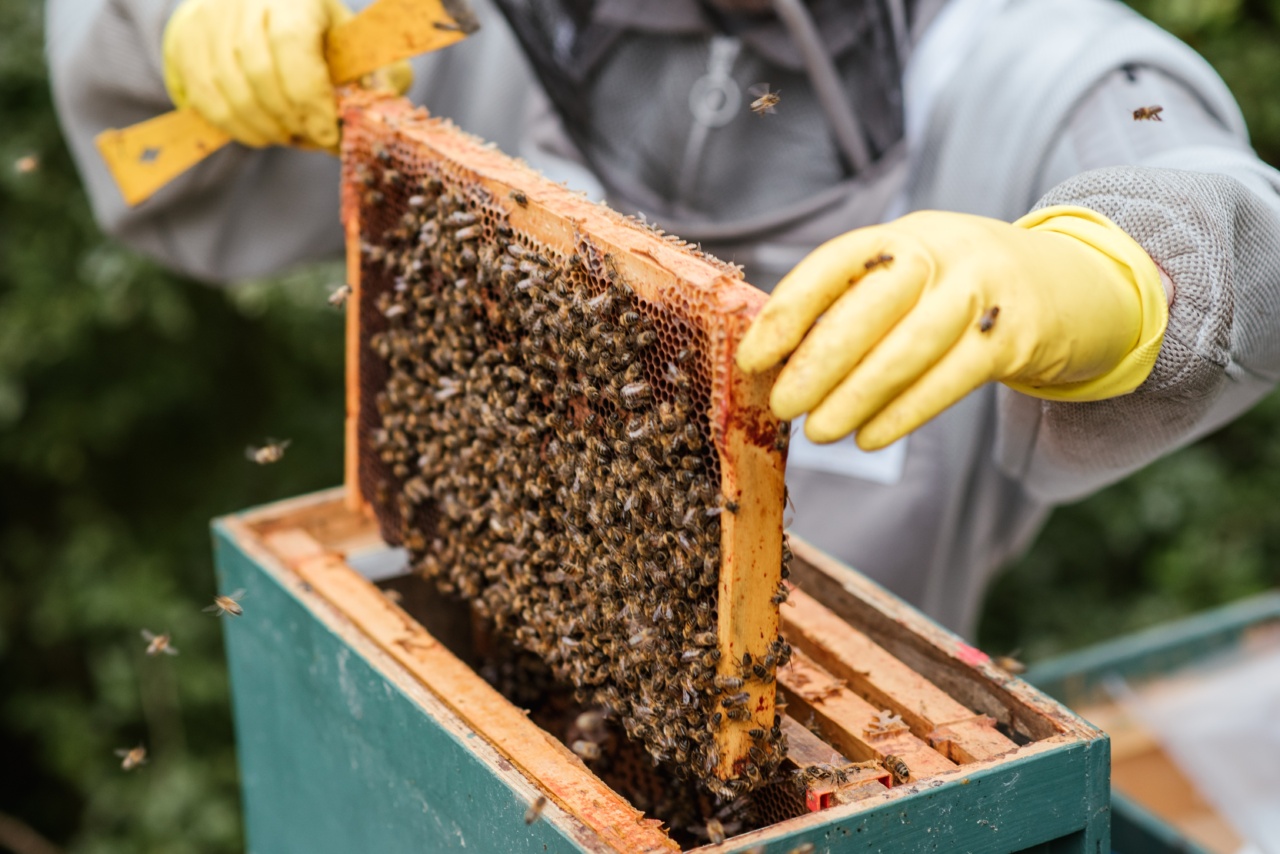What are the most ‘dangerous’ professions?
Some jobs are inherently dangerous, and those in certain fields must be particularly cautious as they go about their work. Here are ten of the most dangerous professions in the United States:.
1. Logging Workers
Workers in the logging industry engage in activities such as felling trees, hauling logs, and driving trucks. These tasks put workers at risk for serious injuries from falling trees, equipment malfunction, and transportation accidents.
According to the Bureau of Labor Statistics (BLS), in 2020, the fatal injury rate for logging workers was 56.1 per 100,000 full-time equivalent (FTE) workers.
2. Fishers and Fishing Workers
Fishers and fishing workers often work in harsh environmental conditions, such as rough seas and storms. In addition, working with heavy equipment and deep-sea diving also pose dangers to these workers.
According to the BLS, in 2020, the fatal injury rate for fishers and fishing workers was 30.7 per 100,000 FTE workers.
3. Aircraft Pilots and Flight Engineers
Aircraft pilots and flight engineers are responsible for controlling larger aircrafts and handling machinery and often put themselves in life-threatening situations. They need to be physically and emotionally sound to make a sound judgement.
In addition to the risk of aviation accidents, pilots and flight engineers are also at risk of developing health problems due to their constant exposure to high altitudes and radiation. According to the BLS, in 2020, the fatal injury rate for aircraft pilots and flight engineers was 5.9 per 100,000 FTE workers.
4. Roofers
Roofers are exposed to many occupational risks on a daily basis. These include falls from heights and other hazards such as cuts, punctures, and physical strain. Moreover, roofers are exposed to harmful substances, such as asbestos and lead.
According to the BLS, in 2020, the fatal injury rate for roofers was 51.5 per 100,000 FTE workers.
5. Iron and Steel Workers
Iron and steel workers engage in activities such as welding, rigging, and steel erection. These activities expose them to a range of hazards, including falls from heights, and heat-related illnesses.
According to the BLS, in 2020, the fatal injury rate for iron and steel workers was 19.4 per 100,000 FTE workers.
6. Landscaping and Groundskeeping Workers
Landscaping and groundskeeping workers engage in activities such as mowing lawns, trimming trees, and planting flowers.
Although many of these tasks may not seem dangerous, workers are exposed to hazards such as falls from trees and heavy equipment accidents. According to the BLS, in 2020, the fatal injury rate for landscaping and groundskeeping workers was 15.5 per 100,000 FTE workers.
7. Construction Workers
Construction workers engage in a wide range of activities, from building and demolishing structures to laying pipelines and roads. These activities expose workers to hazards such as falls from heights, fires, and electrical shocks.
According to the BLS, in 2020, the fatal injury rate for construction workers was 9.7 per 100,000 FTE workers.
8. Farmers, Ranchers, and Other Agricultural Managers
Although the agricultural industry may not seem like a dangerous profession, it actually poses a significant risk to workers.
Farming and ranching tasks involve working with heavy machinery, exposure to chemicals, and animal handling, which can cause serious injuries or illnesses. According to the BLS, in 2020, the fatal injury rate for farmers, ranchers, and other agricultural managers was 24.7 per 100,000 FTE workers.
9. Truck Drivers and Other Motor Vehicle Operators
Motor vehicle operators face risks such as road accidents and operating heavy machinery. They are exposed to long periods of sedentary work hours or driving periods on the roads and busy highways, which can lead to fatigue or exhaustion.
According to the BLS, in 2020, the fatal injury rate for truck drivers and other motor vehicle operators was 27.0 per 100,000 FTE workers.
10. Law Enforcement Officers
Law enforcement officers engage in activities such as pursuing suspects, making arrests, and responding to emergencies. These activities pose risks such as violence, trauma, and emotional strain.
According to the BLS, in 2020, the fatal injury rate for law enforcement officers was 15.9 per 100,000 FTE workers.
Dangerous by Location
Dangerous professions may also vary depending on location, depending on how prevalent and common certain hazardous occupations may be in a particular area.
1. Alaska
Due to its unique landscape and industry on natural resources, Alaska has the highest rate of workplace deaths in the United States. The largest industry directory in Alaska is fishing, with many logging companies and pilots also based in the state.
2. Wyoming
Wyoming has the second-highest rate of workplace deaths in the United States. The professions with the highest rates of deaths in Wyoming include transportation and material-moving jobs, mining, and forestry and fishing related jobs.
3. Montana
Montana has the third-highest rate of workplace deaths in the United States. Professions most likely to be fatal in Montana include transportation, construction, and natural resources.
These jobs may also involve working in dangerous geographic areas, such as steep inclines and areas that are prone to rock falls and avalanches.
4. North Dakota
North Dakota has the fourth-highest rate of workplace deaths in the United States. Workers in the oil and gas industry, agriculture, and transportation are particularly at risk.
5. South Dakota
South Dakota has the fifth-highest rate of workplace deaths in the United States. The state has a high number of transportation fatalities due to its heavy agricultural industry, as well as manufacturing and construction industries.
Dangerous by Gender
On average, men are more likely to work in more dangerous professions than women. Here are the deadliest professions by gender:.
: For Men
According to BLS statistics, some of the deadliest jobs for men include:.
- Logging workers
- Fishers and fishing workers
- Aircraft pilots and flight engineers
- Roofers
- Refuse and recyclable material collectors
: For Women
The deadliest professions for women include:.
- Priests and religious workers
- Sales workers and truck drivers
- Healthcare support occupations, such as nurses and nursing assistants
- Construction laborers and helpers
- Home health and personal care aides
Conclusion
Some jobs are riskier than others, and those who work in these industries must be particularly cautious to avoid serious injury.
This article outlines some of the most dangerous occupations in the United States, from logging and fishing workers to pilots and roofers. The dangers associated with each of these jobs can vary depending on location and gender, but proper safety measures can help prevent accidents and injuries.





























